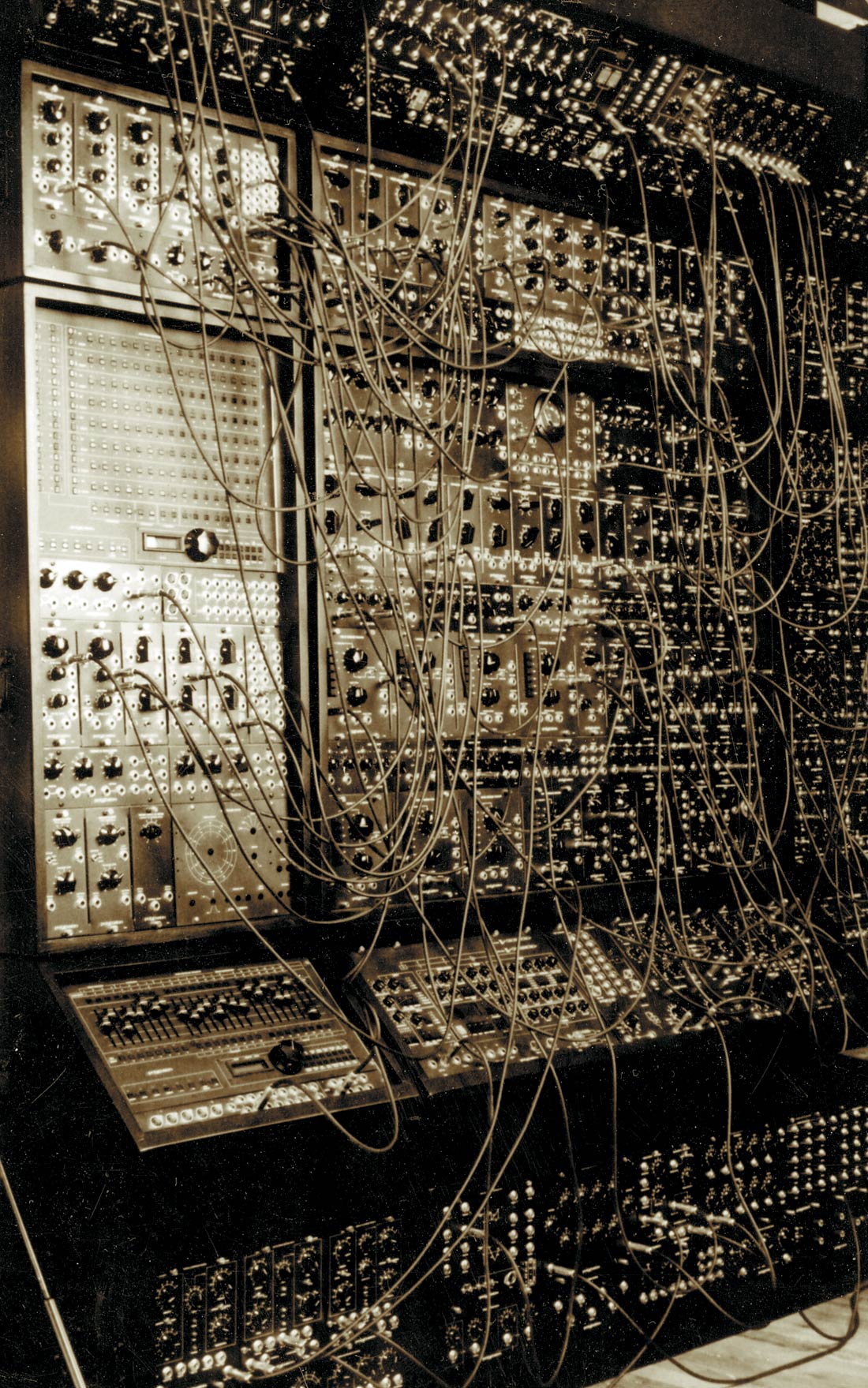Ever try to get the best of both worlds by sending a guitar signal through two amps using an A-B-Y box? I used to love this technique in theory, but every time I tried it, I was left severely underwhelmed. Each amp signal sounded okay by itself but when I combined the two, all the oomph would go missing. Impedance and phase complications were the culprit. By splitting the guitar signal, the load with which the pickups ideally work changes, and so does the guitar tone. Also, one amp can wind up out of phase with the other. This problem can be corrected with the flip of a switch at the console, unless you want to take advantage of the sound of both amps in the same room. Aargh... all this trouble just because you wanted to combine a little Marshall grit with Fender clean.
The good folks at Radial Engineering have addressed these challenges and a whole passel of others with the JD7 Injector. It's a single-rackspace, 100% Class-A device that begins as a high-end DI box, then branches out to seven outputs, each with nifty features.
The JD7's input section has two 1/4'' instrument jacks on the front panel and a female XLR input jack in the back. Radial's proprietary "Drag" control knob is part of the input section as well. This knob (also featured on the JDV DI box, reviewed in Tape Op #36) gives the user control over input impedance, helping to re- establish a guitar's pickup-to-amp relationship that can be lost when using a DI or other routing box.
Six 1/4'' outputs are located on the front panel, and each has its own on/off switch, making it easy to audition individual amplifiers. Output 1 is a direct- coupled "Plain Jane" output, and it serves as the primary ground point. Therefore, it's the only output that's not transformer-isolated. Outputs 2 through 6 each have a Jensen transformer as well as ground lift and polarity reversal switches. And there's more. Outputs 5 and 6 additionally feature their own effects loop (jacks located in the back) and loop bypass switch (on the front). Nice. The back panel contains 1/4'' output number 7, which is another stripped down one, intended for tuner or auxiliary use. Also on the back- importantly-is the Jensen-equipped XLR output, which carries a mic-level DI signal.
Radial has covered the bases very nicely with this box. The creative possibilities seem endless. You can record a very high quality DI signal of an instrument, while simultaneously sending the signal to a multitude of amps and devices. You can re-amp during mixdown. You can get creative with effects loops. By using the Drag control and polarity/ground switches you can ensure that your signal stays as robust as possible. And the sound quality is fantastic. I tried it with a slew of guitar amps both old and new and got some of the biggest, fullest sounds I've ever recorded. Radial is known for making some of the best DI boxes around, and with the JD7 they've made the granddaddy of them all.
My only beef with the JD7 is that it doesn't have any footswitch capabilities, severely limiting its use in live performance situations. On the other hand, I highly doubt that anyone would need to make full use of the JD7 in a live setting (i.e., use seven separate amplifiers for one instrument). Indeed, Radial has just come out with a two-channel device called the Switchbone which has many of the JD7's key features (including Drag control, polarity switching, and transformer isolation) in a stompbox-sized foot pedal.
All in all, the JD7 is an experimenter's dream, allowing a seemingly infinite number of instrument/amp/DI- signal routing options. And it's also an amazing problem- solving tool, capable of saving your butt in a variety of tough situations.




_disp_horizontal_bw.jpg)